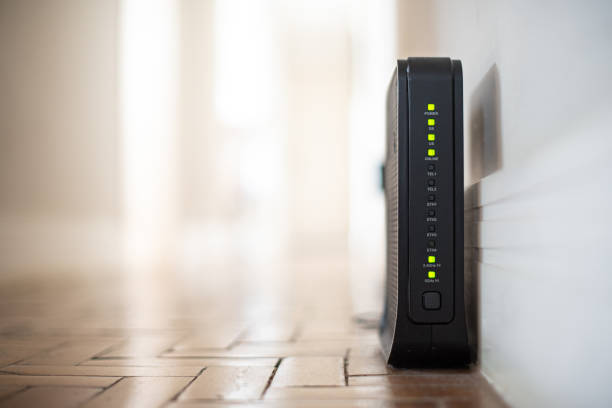5G Home Internet Plans Explained
5G home internet provides faster speeds and reliable connectivity for work, streaming, and everyday use. Understanding coverage, data limits, and equipment options helps households choose a plan that fits their digital and communication needs effectively.

5G Home Internet Overview
5G home internet represents a significant shift in how Americans access broadband services. This wireless technology uses millimeter wave frequencies and advanced antenna systems to deliver internet directly to residential locations. Major telecommunications companies have invested billions in 5G infrastructure, creating networks that can potentially replace traditional cable and fiber connections.
The technology works by transmitting data through cellular towers equipped with 5G equipment. A specialized modem or gateway device in your home receives these signals and converts them into Wi-Fi for your devices. This setup eliminates the need for physical cable installations, making 5G home internet particularly attractive for rural areas or locations where traditional broadband infrastructure is limited.
Unlike mobile 5G services that prioritize mobility, home 5G internet focuses on providing consistent, high-capacity connections for stationary use. The service typically includes unlimited data allowances and supports multiple connected devices simultaneously.
Speed and Coverage Factors
Internet speeds with 5G home services vary significantly based on several technical factors. Network congestion, distance from cell towers, and physical obstacles like buildings or trees can impact performance. Most providers advertise speeds ranging from 50 Mbps to over 1 Gbps, though actual speeds often fall within the 100-300 Mbps range for typical users.
Coverage remains the primary limitation for 5G home internet expansion. The technology requires dense networks of cell towers, particularly for the fastest millimeter wave frequencies. Urban and suburban areas generally receive priority for network deployment, while rural coverage continues to develop gradually.
Weather conditions can also affect 5G signals, especially during heavy rain or snow. The higher frequency bands used for 5G are more susceptible to atmospheric interference compared to traditional cellular signals. However, network improvements and additional spectrum allocations continue to address these challenges.
Choosing Reliable 5G Plans
Selecting an appropriate 5G home internet plan requires evaluating several key factors beyond advertised speeds. Data prioritization policies significantly impact performance during peak usage hours. Some providers may slow down home internet traffic when mobile networks become congested, affecting your connection quality.
Contract terms and equipment requirements vary among providers. Some companies offer month-to-month plans with included gateway devices, while others require longer commitments or separate equipment purchases. Installation processes also differ, with some providers offering professional setup while others rely on self-installation kits.
Network reliability should be a primary consideration when comparing options. Research coverage maps, read customer reviews, and check if providers offer trial periods or satisfaction guarantees. Many companies provide online tools to verify service availability and expected speeds at your specific address.
| Provider | Plan Type | Speed Range | Monthly Cost Estimate |
|---|---|---|---|
| Verizon | 5G Home | 300-1000 Mbps | $50-70 |
| T-Mobile | Home Internet | 25-100 Mbps | $50-60 |
| AT&T | Internet Air | 10-100 Mbps | $55-75 |
Prices, rates, or cost estimates mentioned in this article are based on the latest available information but may change over time. Independent research is advised before making financial decisions.
Beyond basic connectivity, consider additional features that may influence your decision. Some providers include streaming service subscriptions, mobile hotspot data, or bundling discounts with existing wireless plans. Security features, parental controls, and customer support quality also contribute to overall service value.
The 5G home internet market continues evolving rapidly, with new providers entering and existing companies expanding coverage areas. This competition generally benefits consumers through improved service options and competitive pricing. However, the technology’s relative newness means long-term reliability data remains limited compared to established broadband technologies.
For households considering the switch to 5G home internet, testing the service during a trial period can provide valuable insights into real-world performance. Many providers offer risk-free trials, allowing customers to evaluate speed consistency, network reliability, and overall satisfaction before committing to longer-term contracts.




